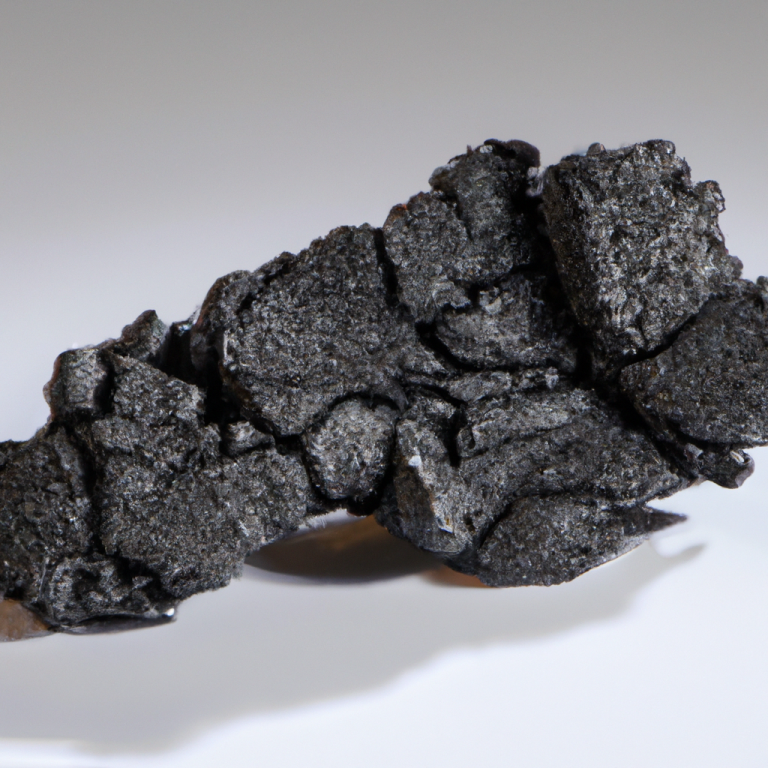Pet-coke, opportunities and disadvantages
The large piles of petroleum coke stored along the Detroit River front (1,2) or the piles of some millions tons accumulated in the Cryogenic Complex of Jose, near Puerto La Cruz in Venezuela (3) calls strongly the attention of journalists, politicians and local people in general, since the black piles change the landscape. Nevertheless, The Environmental Protection Agency (EPA) does not classify pet coke as a hazardous waste (4).
Petroleum coke is a black-colored solid, composed mainly by carbon (carbon content, wt >80%), and obtained as a by-product from refinery coker units or other cracking processes. Petroleum coke is mainly used as a source of energy, and also as a source of carbon for industrial applications. Fuel grade pet coke represents 80 percent of worldwide production and is a source of fuel for cement kilns and electric power plants (4). Since the high carbon content in the pet coke, after combustion, the discharge to the environmental is high in carbon dioxide and in other pollutants. In order to avoid these harmful effects, solutions as "carbon capture and sequestration wells" must be considered (5).
Calcined pet coke has the highest carbon content (carbon content, wt >97%) and it is used in manufacturing carbon anodes for the aluminum, graphite electrode, steel, titanium dioxide and other carbon consuming industries (1,4).
As heavier oil or tar sand is included in the diet of the refinery, more availability of pet coke will be in the market. Arab Medium will yield approximately 8% by weight as pet coke, while heavier crude oils from Venezuela or Mexico yield about twice as much and a barrel of Alberta tar sands bitumen end up as 15 to 30% pet coke (6). So, pet coke is a growing internationally traded commodity and is fueling the growth of developing economies.
It is a strong competition to coal. Its prices depend on the region and are also related to the sulphur content. The United States is the largest producer of pet coke (5). Since the pet coke has a high content of elemental carbon, a valid question would arise: is it possible to produce allotropic forms of carbon from pet coke, for example graphene? Its increasing availability pushes to explore this issue, and it will give other exit to the pet coke.

Mountains of petroleum coke are piling up in Detroit (USA) and in Puerto La Cruz (Venezuela).

Petroleum coke is a solid by-product of the oil refining process, typically used as a fuel source in power plants, and it is a complex mixture of mostly elemental carbon with inorganic and organic compounds.
- Andrews and R.K.Lattanzio, “Petroleum Coke: Industry and Environmental Issues”, Congressional Research Services, 7-5700, R43263, October 2013. https://www.hsdl.org/?view&did=746955
- Growing mounds of petroleum coke raise fears along Detroit River http://archive.freep.com/article/20130313/NEWS01/303130118/Growing-mounds-of-petroleum-coke-raise-fears-along-Detroit-River
- “Toxic gases in Anzoátegui”, El Universal, Caracas, Saturday August 11, 2012. http://www.eluniversal.com/nacional-y-politica/120811/toxic-gases-in-anzoategui
- Petroleum Coke Overview, http://www.afpm.org/policy-position-petroleum-coke/
- E.J. W i l s o n, S. J. F r i e d m a n n,a n d M. F . P o l l a k, “Research for Deployment: Incorporating Risk, Regulation, and Liability for Carbon Capture and Sequestration”, Environ. Sci. Technol. 2007, 41, 5945-5952. Schlumberger, “Carbon Services for CO2 Storage” http://www.slb.com/services/additional/carbon.aspx?entry=ad_google_carbon&gclid=CLWW3-C866kCFUFx4AodyEcIYQ. Carbon Capture & Storage Association, http://www.ccsassociation.org/about-us/
- Lorne Stockman, Petroleum Coke: The Coal Hiding in the Tar Sands, OilChange International, January 17, 2013.
Videos:
Please your comments in Contact us
Contact Us © Copyright 2024. All rights reserved
Necesitamos su consentimiento para cargar las traducciones
Utilizamos un servicio de terceros para traducir el contenido del sitio web que puede recopilar datos sobre su actividad. Por favor revise los detalles en la política de privacidad y acepte el servicio para ver las traducciones.